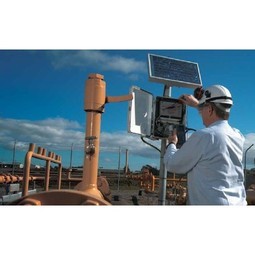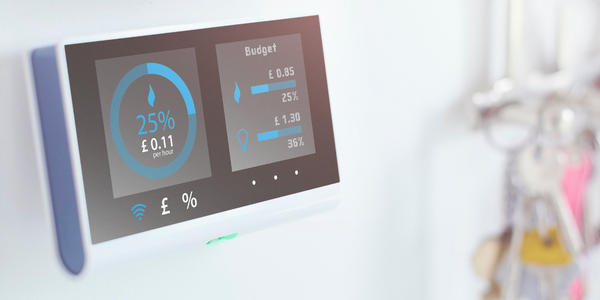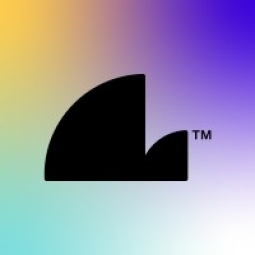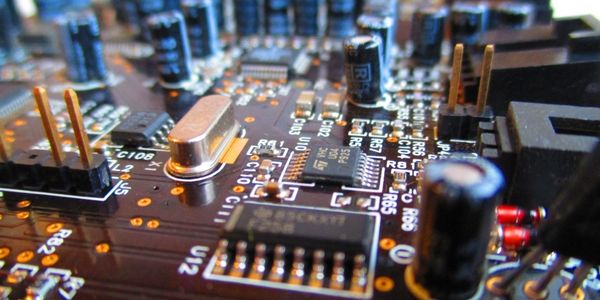Technology Category
- Platform as a Service (PaaS) - Application Development Platforms
Applicable Industries
- Electronics
- Utilities
Applicable Functions
- Product Research & Development
Use Cases
- Construction Management
- Time Sensitive Networking
Services
- System Integration
About The Customer
Engineered Systems Incorporated (ESI) is a small Canadian company that designs, prototypes, and manufactures specialized integrated electronic systems. These systems are used by some of the world’s most innovative small companies and largest blue-chip clients to power their solutions. ESI's products are used in a wide range of applications, from triggering a car’s airbag deployment in a collision to notifying when a high-tech kitty litter box needs to be changed. Despite its size, ESI has managed to compete with larger engineering firms and has earned the business of companies such as Co-Generation Systems Inc., Ontario Public Works & Utilities, General Motors, Advantage Engineering, and many more.
The Challenge
Engineered Systems Incorporated (ESI), a small Canadian company, designs, prototypes, and manufactures specialized integrated electronic systems for both small innovative companies and large blue-chip clients. However, to compete with larger engineering firms and win the business of companies like Co-Generation Systems Inc., Ontario Public Works & Utilities, General Motors, Advantage Engineering, and many more, ESI needed a technical design software that was cost-effective and could integrate seamlessly into a number of other applications. The software needed to provide a complete design solution that could carry a product from initial concept to production. The challenge was to find a solution that would allow ESI to compete successfully with larger companies by finding time- and cost-saving efficiencies.
The Solution
ESI President and Chief Technical Officer, Michael Levesque, chose Corel DESIGNER, a software he had first used at university. Corel DESIGNER was easy to use and provided the detail and accuracy needed to visually convey the electro-mechanical models for each project. The software allowed ESI to create true scale models, which were critical for the company as it was creating documents that were steps away from production. These models could be imported into EDS SolidEdge and IVEX WinBoard Designer, improving internal workflow and saving significant time. Corel DESIGNER also supported ESI’s project management processes, providing a fully integrated system that tracked hours and provided an accurate log of all work completed. This was particularly beneficial during a project’s sign-off, billing, and completion phases.
Operational Impact
Quantitative Benefit

Case Study missing?
Start adding your own!
Register with your work email and create a new case study profile for your business.
Related Case Studies.

Case Study
IoT Solutions for Smart City | Internet of Things Case Study
There were several challenges faced: It is challenging to build an appliance that can withstand a wide range of voltage fluctuations from as low at 90v to as high as 320v. Since the device would be installed in remote locations, its resilience was of paramount importance. The device would have to deal with poor network coverage and have the ability to store and re-transmit data if networks were not available, which is often the case in rural India. The device could store up to 30 days of data.

Case Study
Remote Temperature Monitoring of Perishable Goods Saves Money
RMONI was facing temperature monitoring challenges in a cold chain business. A cold chain must be established and maintained to ensure goods have been properly refrigerated during every step of the process, making temperature monitoring a critical business function. Manual registration practice can be very costly, labor intensive and prone to mistakes.

Case Study
Automation of the Oguz-Gabala-Baku water pipeline, Azerbaijan
The Oguz-Gabala-Baku water pipeline project dates back to plans from the 1970’s. Baku’s growth was historically driven by the booming oil industry and required the import of drinking water from outside of the city. Before the construction of the pipeline, some 60 percent of the city’s households received water for only a few hours daily. After completion of the project, 75 percent of the two million Baku residents are now served around the clock with potable water, based on World Health Organization (WHO) standards. The 262-kilometer pipeline requires no pumping station, but uses the altitude differences between the Caucasian mountains and the capital to supply 432,000 m³/d to the Ceyranbatan water reservoir. To the people of Baku, the pipeline is “the most important project not only in 2010, but of the last 20 years.”

Case Study
GPRS Mobile Network for Smart Metering
Around the world, the electricity supply industry is turning to ‘smart’ meters to lower costs, reduce emissions and improve the management of customer supplies. Smart meters collect detailed consumption information and using this feedback consumers can better understand their energy usage which in turn enables them to modify their consumption to save money and help to cut carbon emissions. A smart meter can be defined in many ways, but generally includes an element of two-way communication between the household meter and the utility provider to efficiently collect detailed energy usage data. Some implementations include consumer feedback beyond the energy bill to include online web data, SMS text messages or an information display in consumers’ premises. Providing a cost-effective, reliable communications mechanism is one of the most challenging aspects of a smart meter implementation. In New Zealand, the utilities have embraced smart metering and designed cost effective ways for it to be implemented. The New Zealand government has encouraged such a move to smart metering by ensuring the energy legislation is consistent with the delivery of benefits to the consumer while allowing innovation in this area. On the ground, AMS is a leader in the deployment of smart metering and associated services. Several of New Zealand’s energy retailers were looking for smart metering services for their residential and small business customers which will eventually account for over 500,000 meters when the multi-year national deployment program is concluded. To respond to these requirements, AMS needed to put together a solution that included data communications between each meter and the central data collection point and the solution proposed by Vodafone satisfied that requirement.

Case Study
NB-IoT connected smart meters to improve gas metering in Shenzhen
Shenzhen Gas has a large fleet of existing gas meters, which are installed in a variety of hard to reach locations, such as indoors and underground, meaning that existing communications networks have struggled to maintain connectivity with all meters. The meter success rate is low, data transmissions are so far unstable and power consumption is too high. Against this background, Shenzhen Gas, China Telecom, Huawei, and Goldcard have jointly trialed NB-IoT gas meters to try and solve some of the challenges that the industry faces with today’s smart gas meters.








